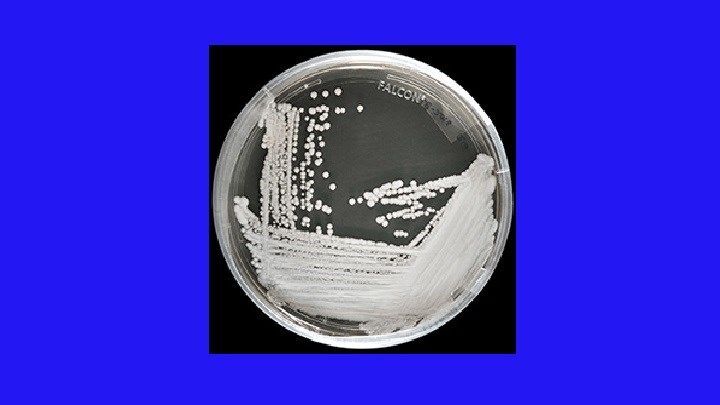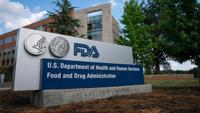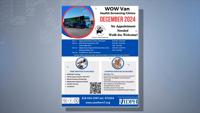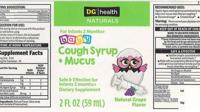WSIL � A drug resistant fungus being called a global health threat has been detected in Illinois.
The Center for Disease Control issued a warning about Candida auris, a harmful and deadly yeast-fungus that’s resistant to multiple anti-fungal treatments.
So far, there have been in 12 states. The CDC says it is spreading fast in hospitals, nursing homes, and other health care facilities. It is raising concerns because of its impact to patients who are already sick in hospitals and long term care facilities. This can also make symptoms difficult to detect.
There are more than 300 cases in New York, more than 140 in Illinois and more than 100 in New Jersey.
Candida auris can enter the bloodstream and spread rapidly causing serious invasive infections. Those infections are extremely hard to treat because it’s resistant to most anti-fungal drugs and symptoms are hard to detect because it’s often infecting people who are already sick.
It’s also difficult to identify and can only be diagnosed by specialized laboratories using specific testing methods which is making it difficult to control the spread. Scientists are still working to learn more about the yeast.
They recommend washing your hands with soap and water or using hand sanitizers in health care facilities.
Illinois Department of Public Health is offering the following tips to help you protect yourself and loved ones from the infection when receiving medical treatment, whether it is in a hospital, a long-term care facility, or a clinic.Â
- When a doctor, nurse, or other health care worker enters the room, observe as they clean their hands.Â
- Patients and loved ones should make sure their hands are clean as well.Â
- Patients should feel comfortable inquiring if medical equipment was cleaned after being used on another patient (e.g. stethoscope or blood pressure cuff).
- Check if the room and surfaces have been cleaned with the appropriate disinfectant
- Ask what steps the facility is taking to reduce the transmission of healthcare-associated infections.  Â
















